PIET MONDRIAN (1872-1944)
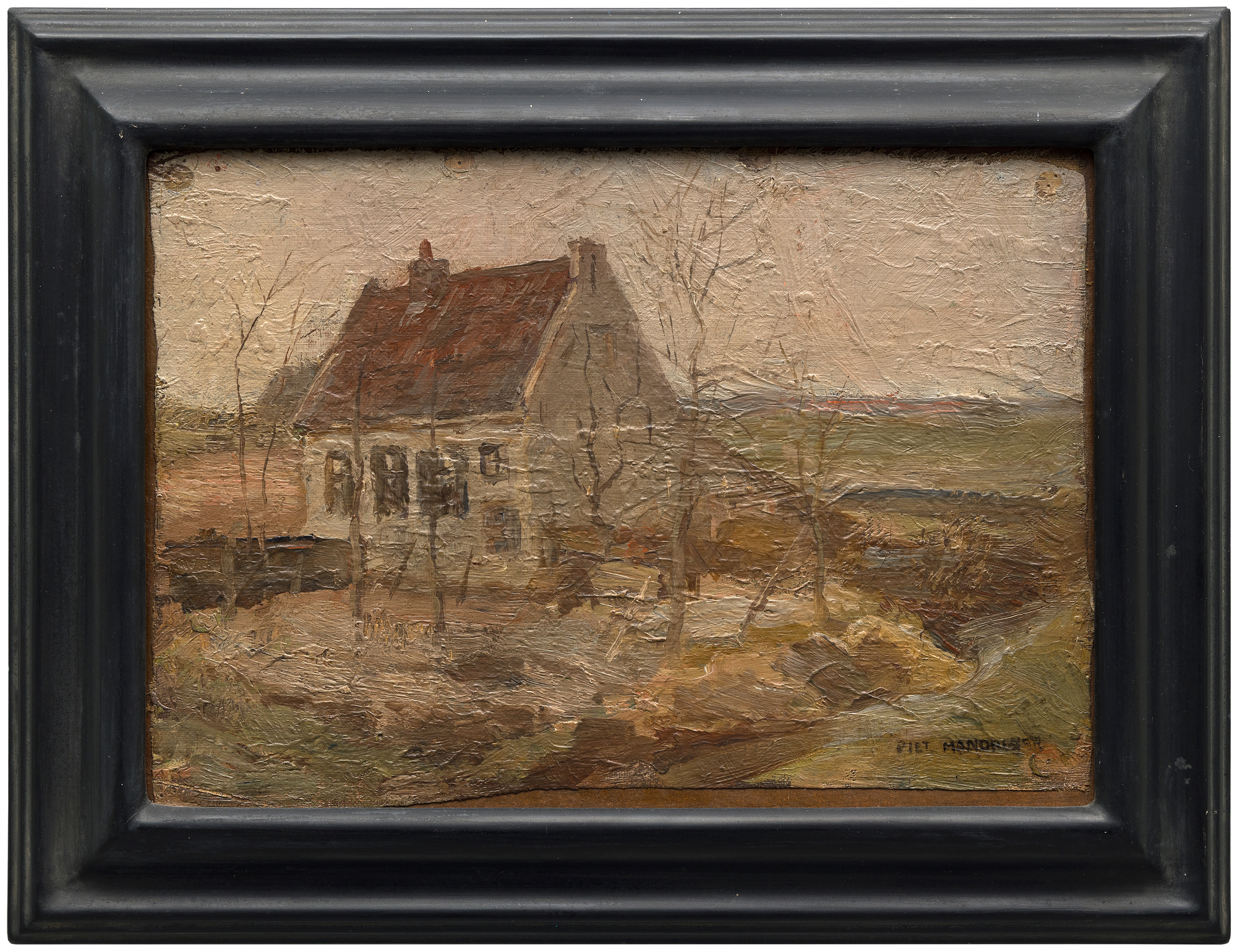
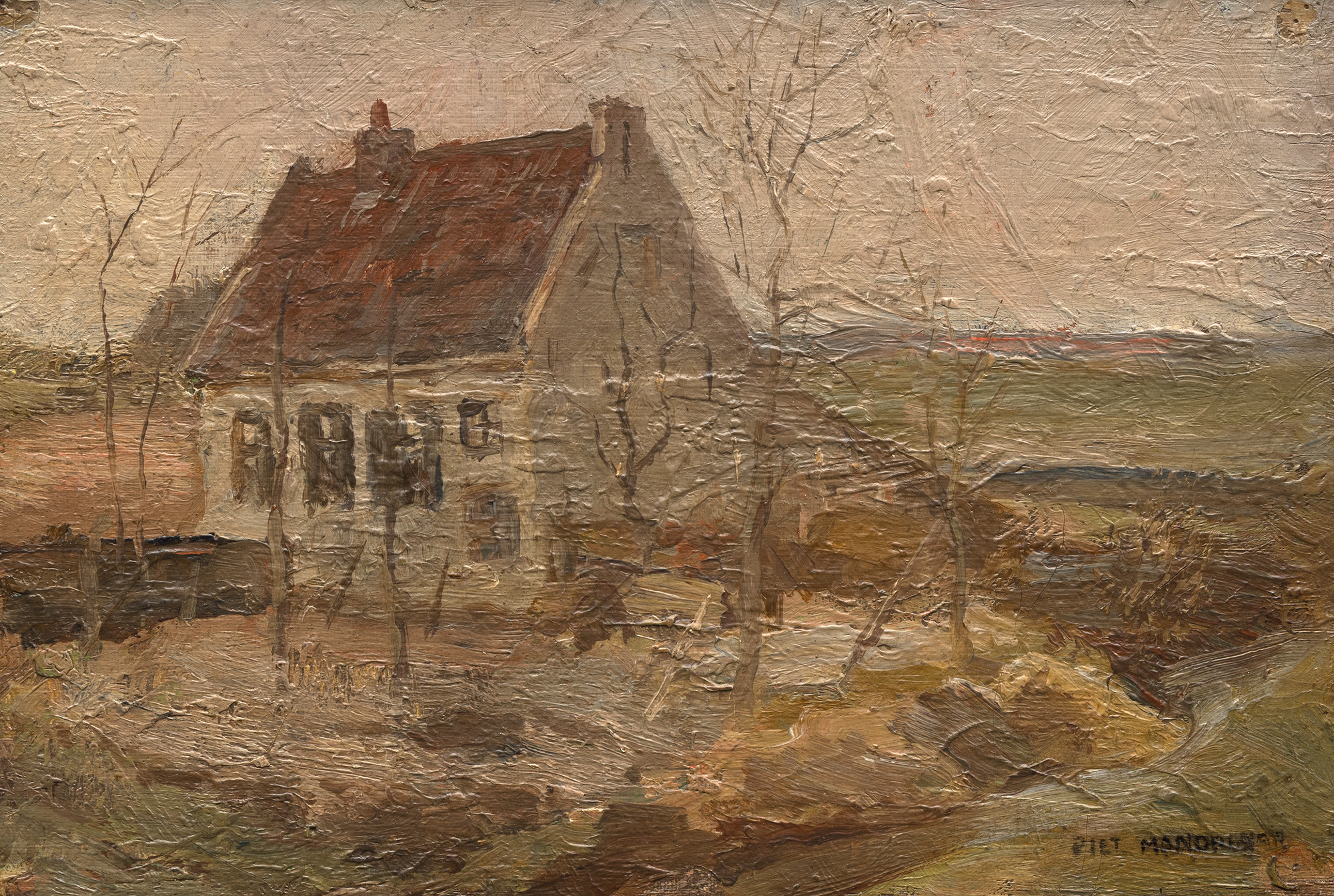
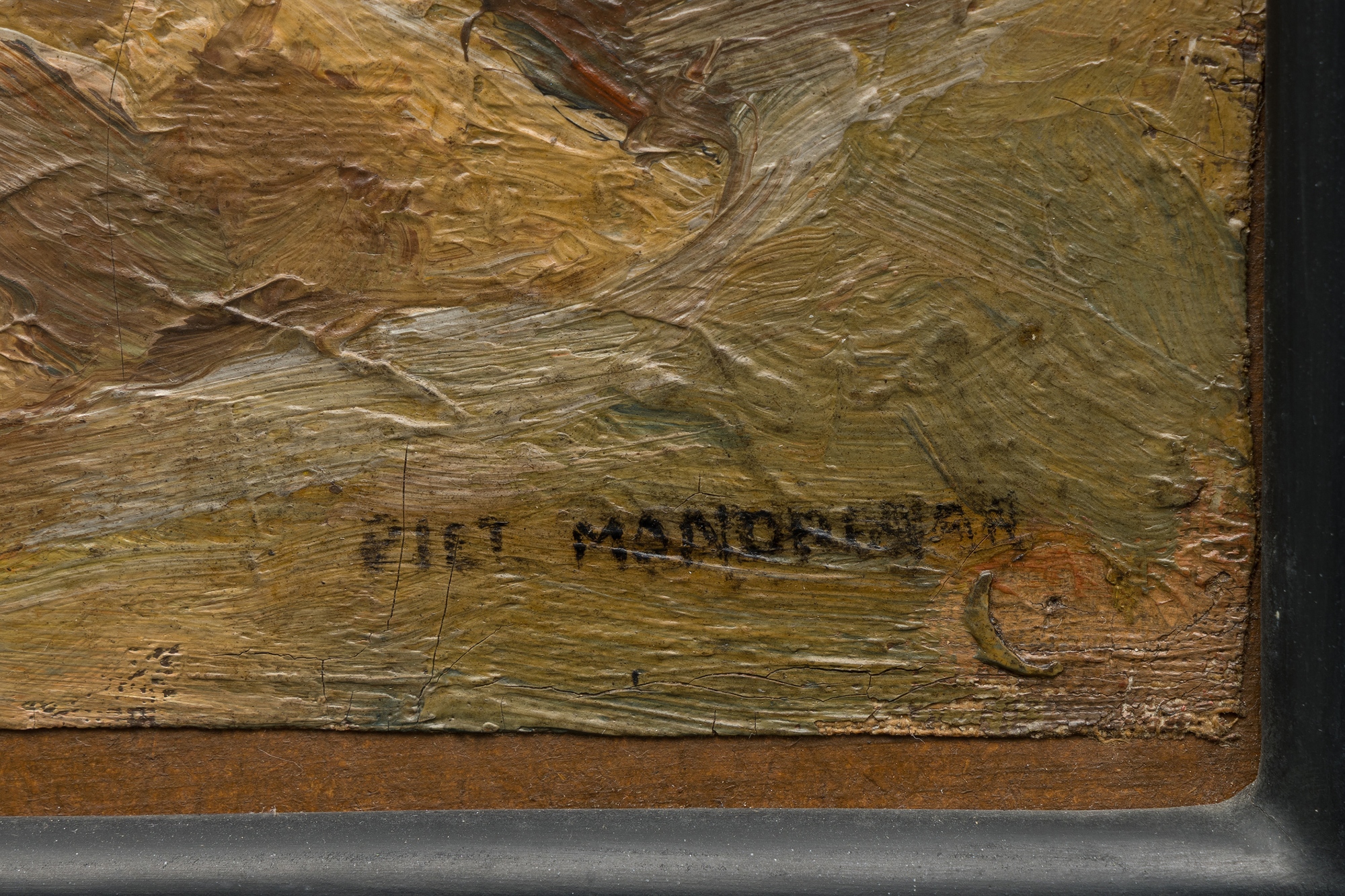

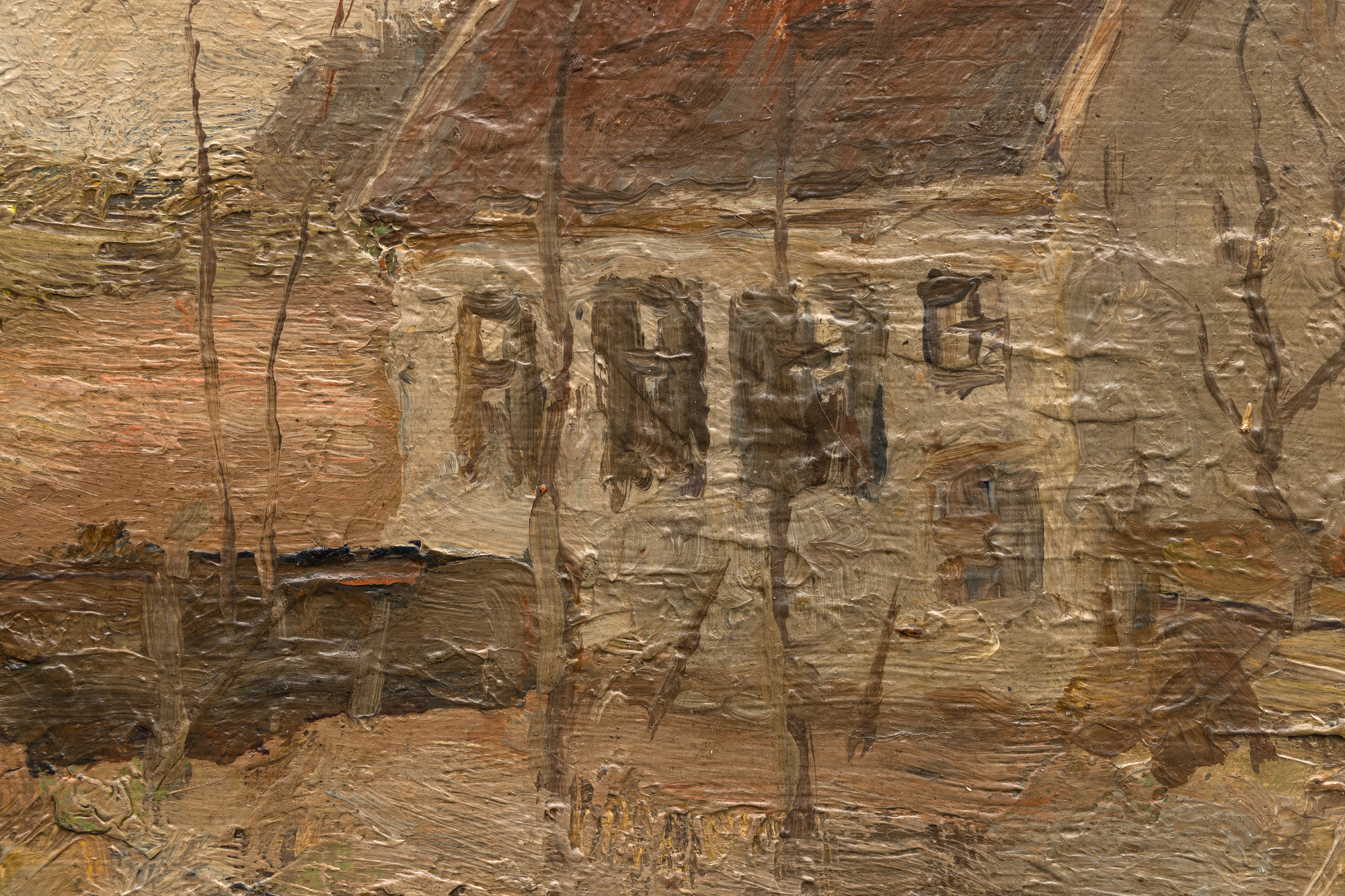
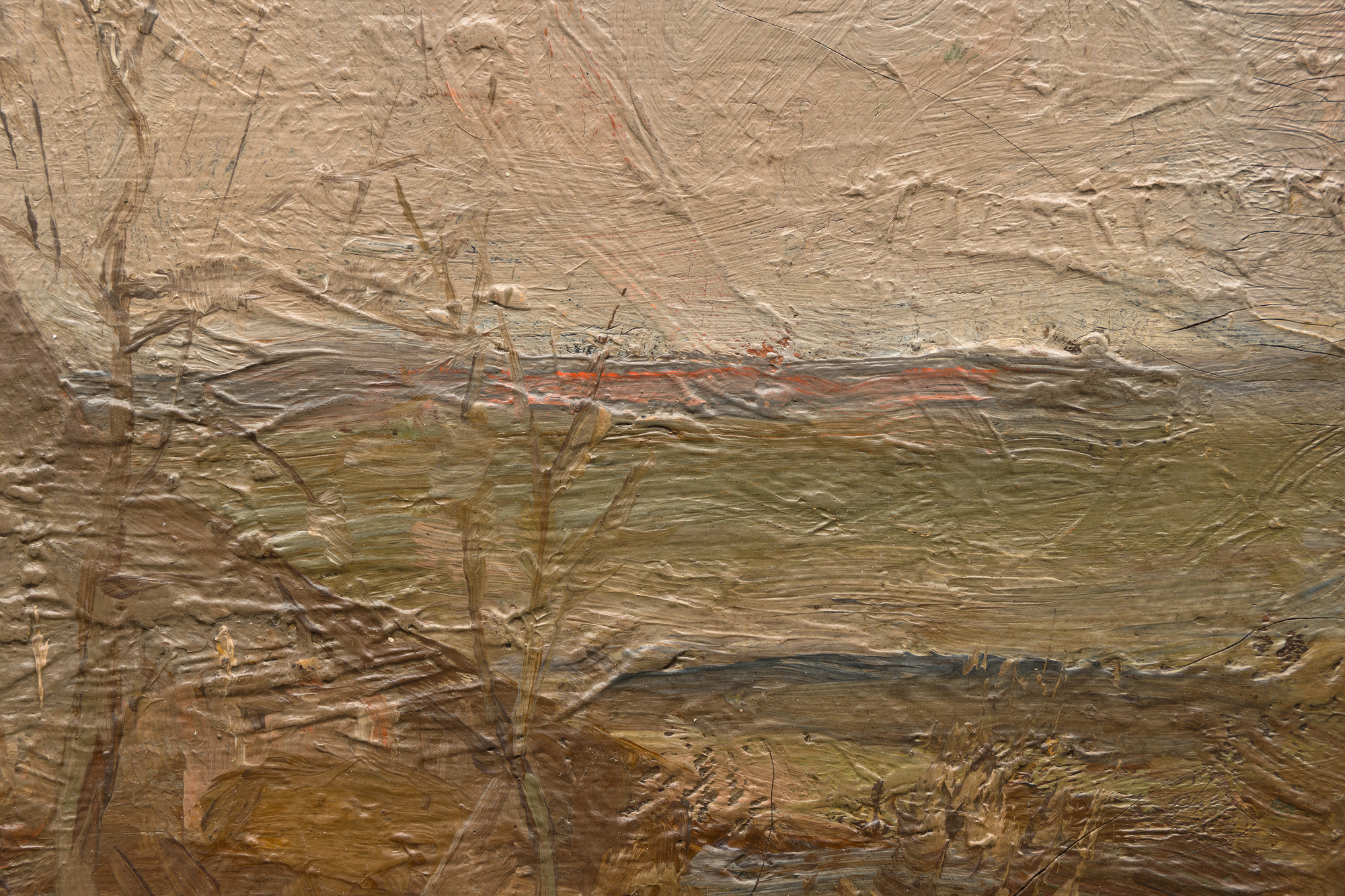



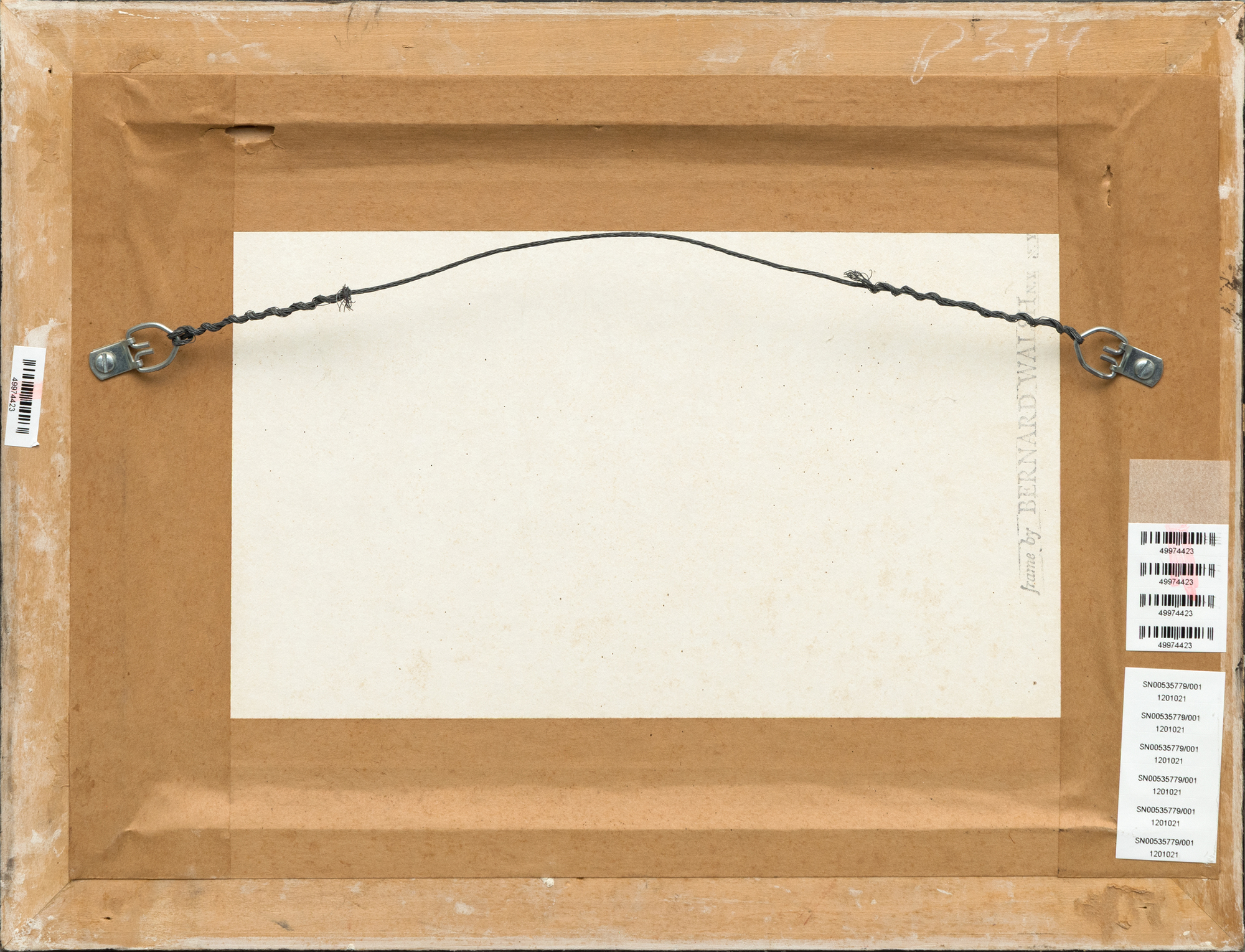
Provenance
Domaine néerlandais, 1982Collection Katharine et Nicholas Fox Weber
Exposition
Londres, David Zwirner, Piet Mondrian : Painting 1900-1905, 26 novembre 2015-23 janvier 2016Littérature
Robert Welsh, Piet Mondrian : Catalogue Raisonné of the Naturalistic Works, New York, 2018, no. A161Karsten Schubert, Early Mondrian : Painting 1900-1905, Londres, 2022
120,000
Les œuvres de cette période, avant que Mondrian ne se tourne vers les scènes côtières, les bateaux et les sujets floraux, soulignent son penchant pour le paysage, un thème qui persiste subtilement dans ses abstractions ultérieures, en particulier celles inspirées par le plan quadrillé de la ville de New York, telles que "Broadway Boogie Woogie" (1942-43) et "New York City I" (1942). Les premiers paysages, dont le prix est plus accessible mais dont l'importance académique est immense, attirent les musées et les collectionneurs avisés et réfléchis. Des œuvres comparables se trouvent au Metropolitan Museum of Art, au Cleveland Museum of Art et à l'Art Institute of Chicago. Cette œuvre est un rare témoignage de l'évolution du génie de Mondrian et du rôle fondamental du paysage dans son œuvre. Le dernier propriétaire du tableau est Nicholas Fox Weber, éminent historien de l'art, érudit et président de la Josef Albers Foundation.


